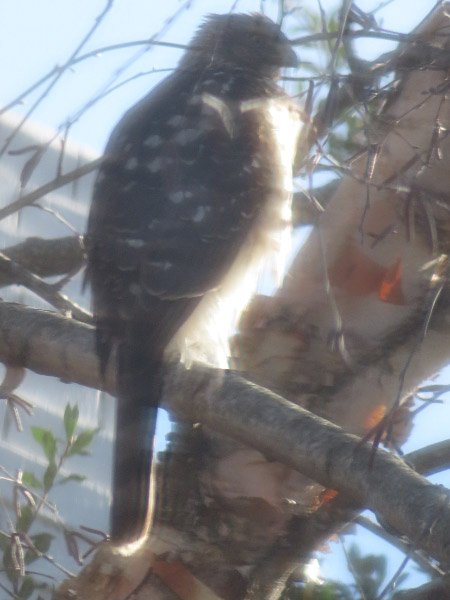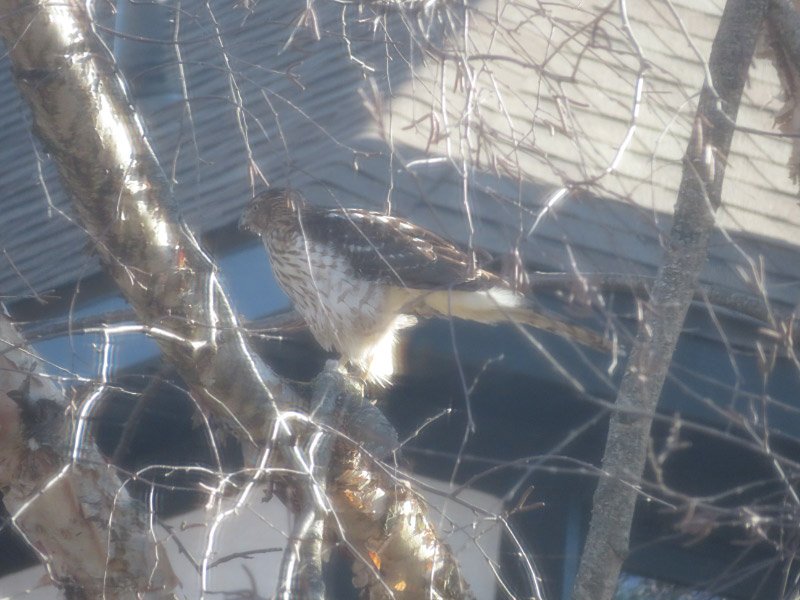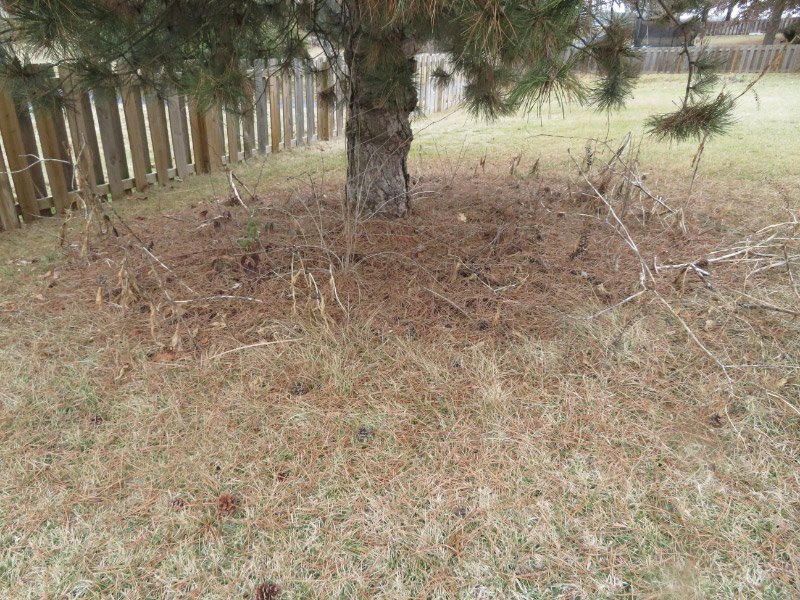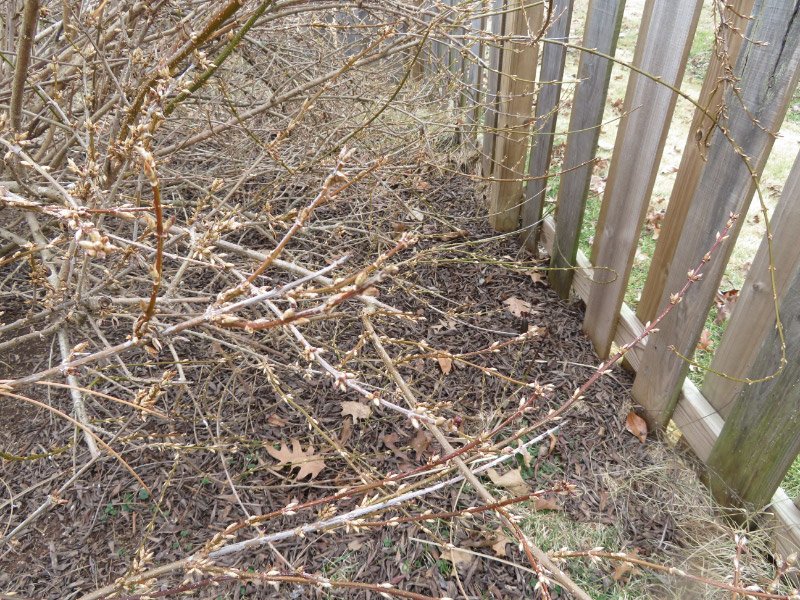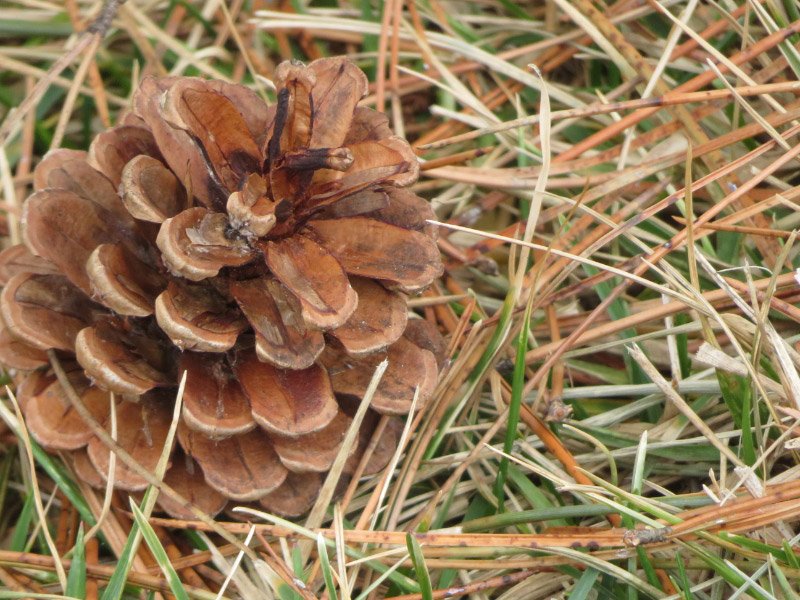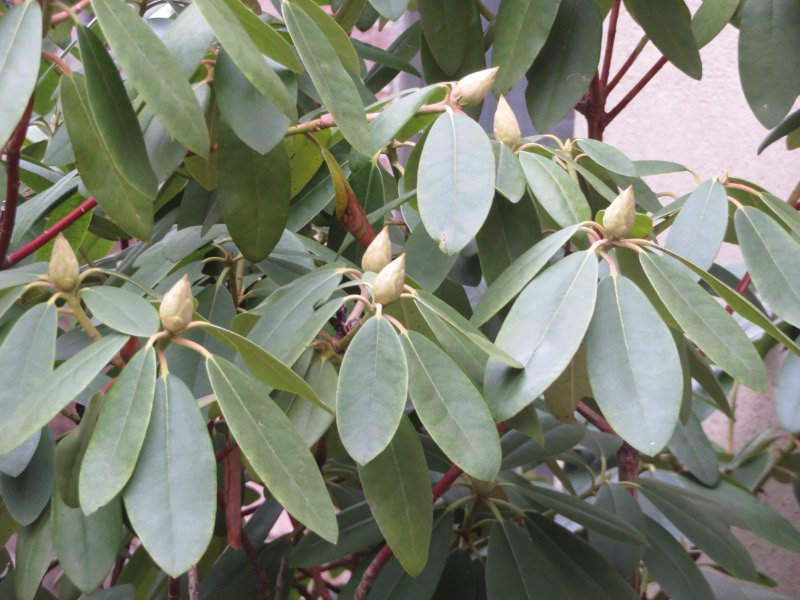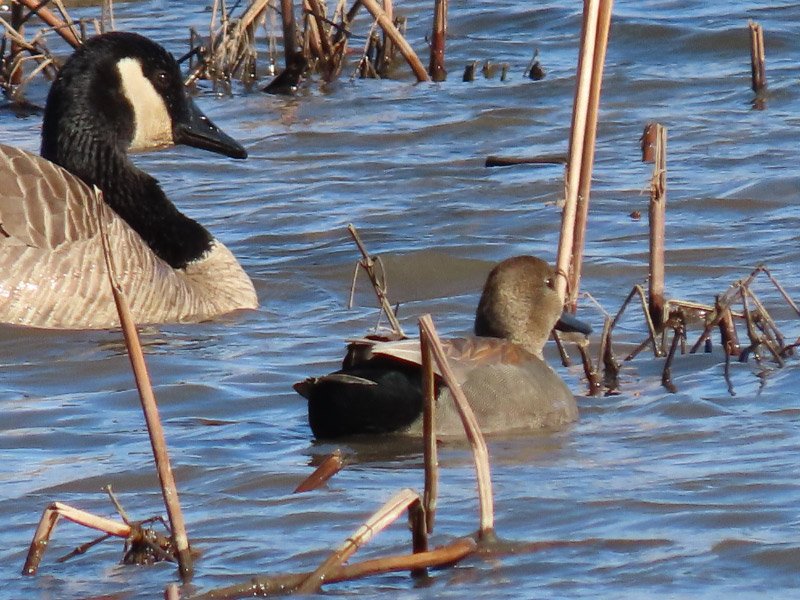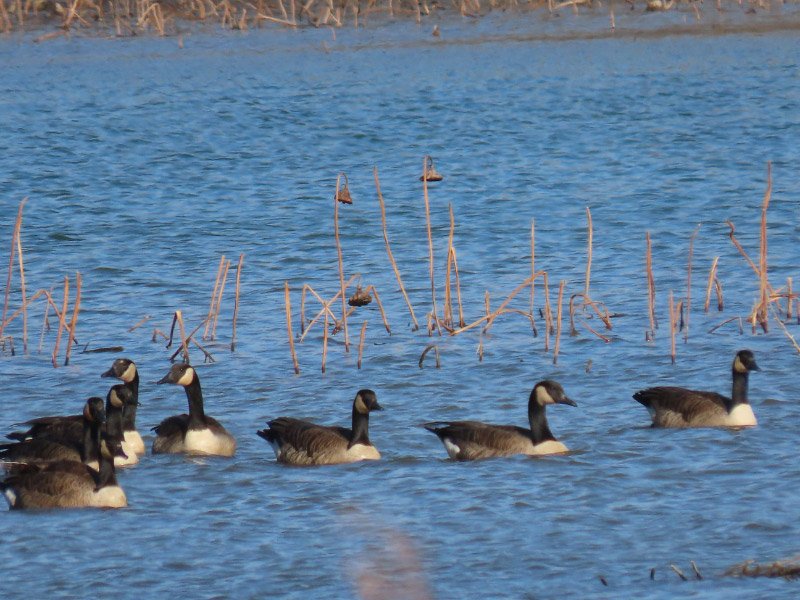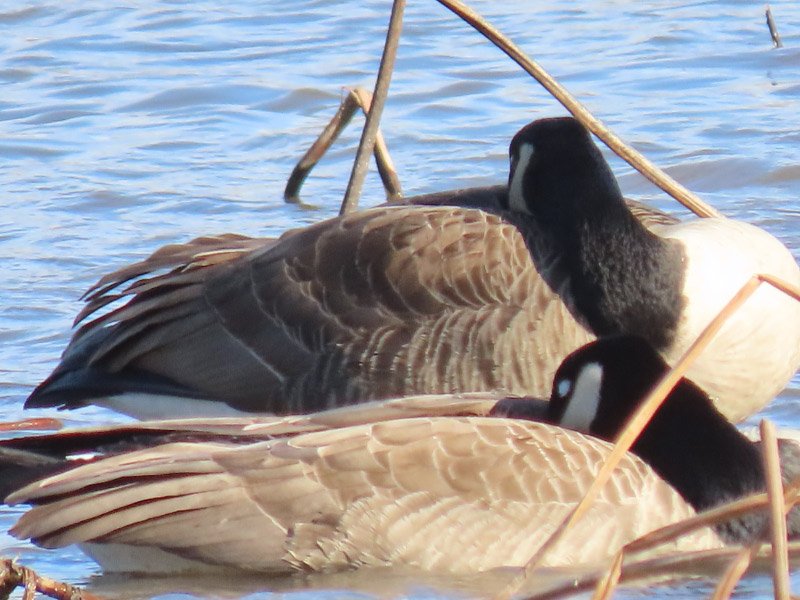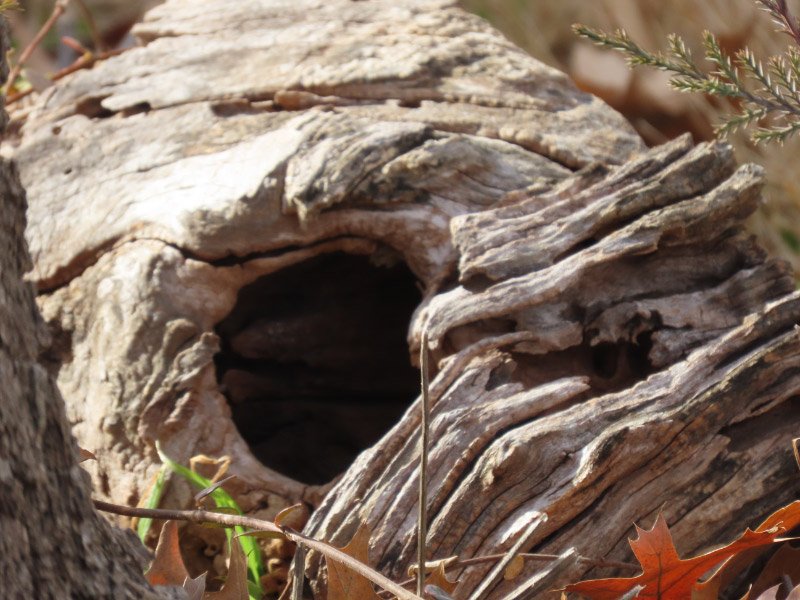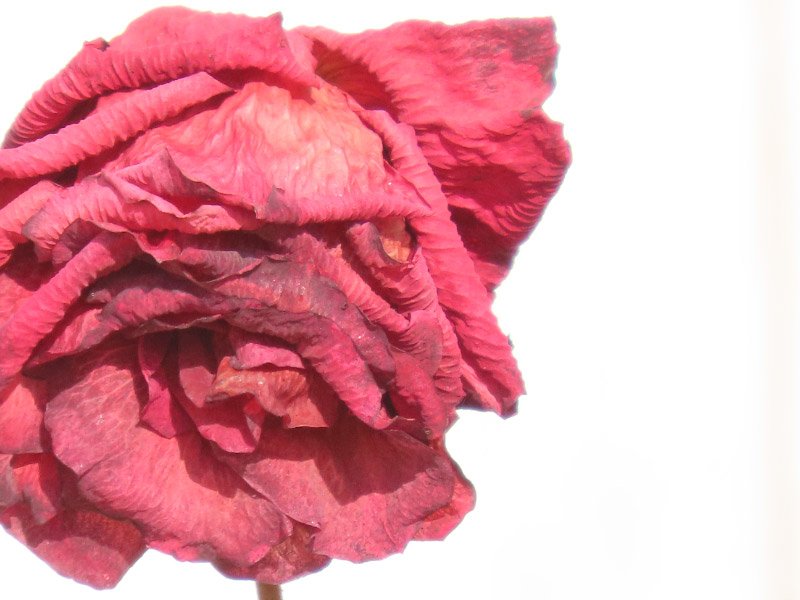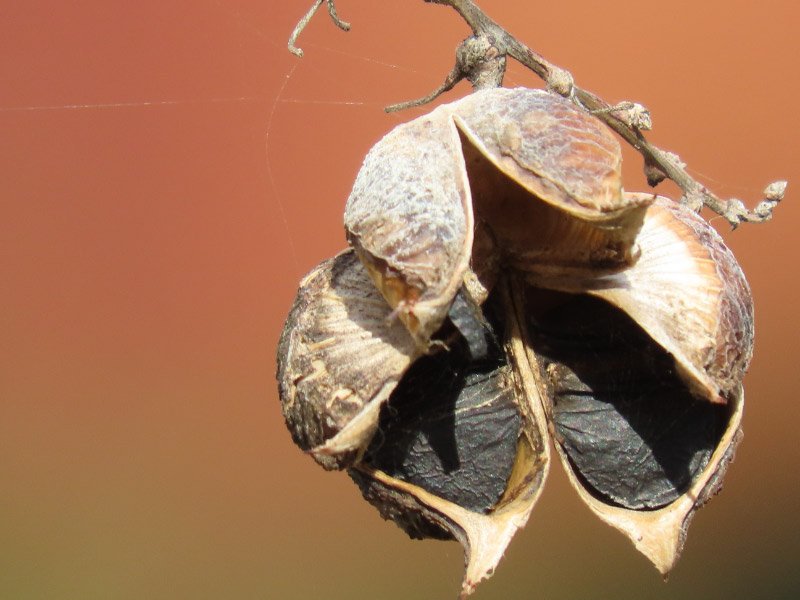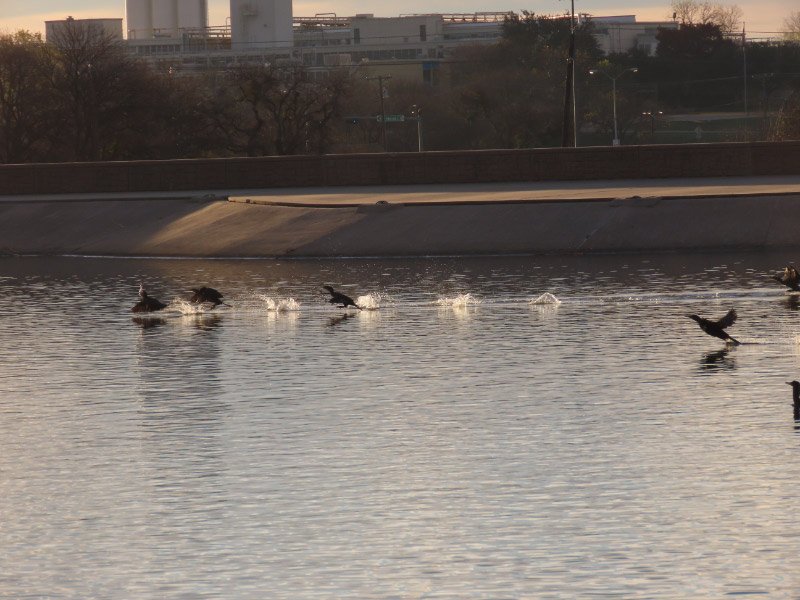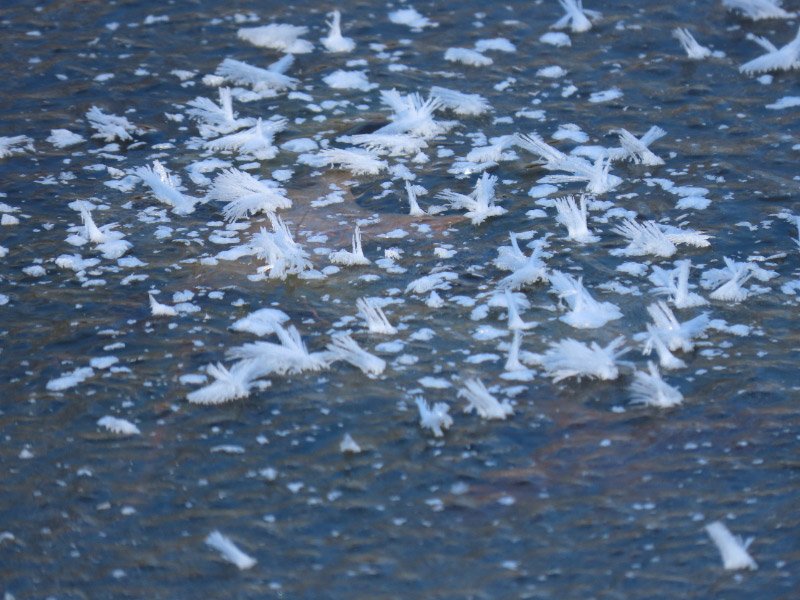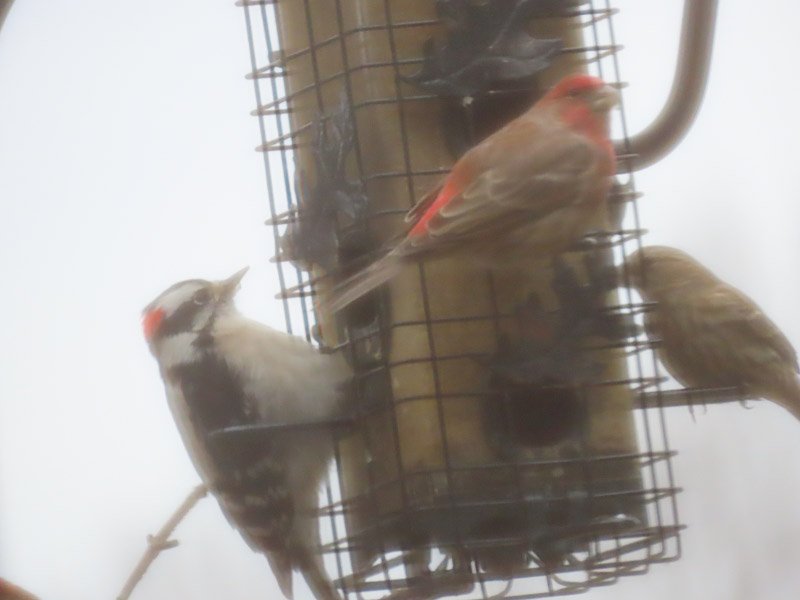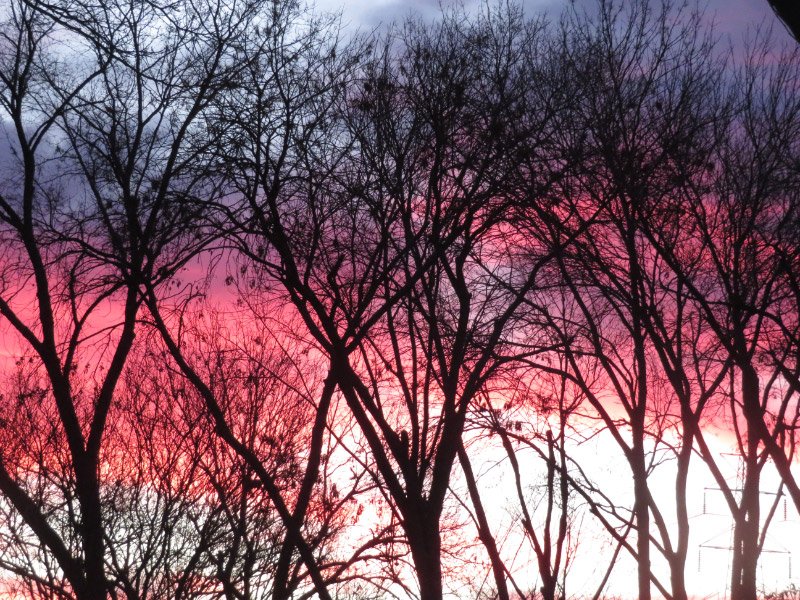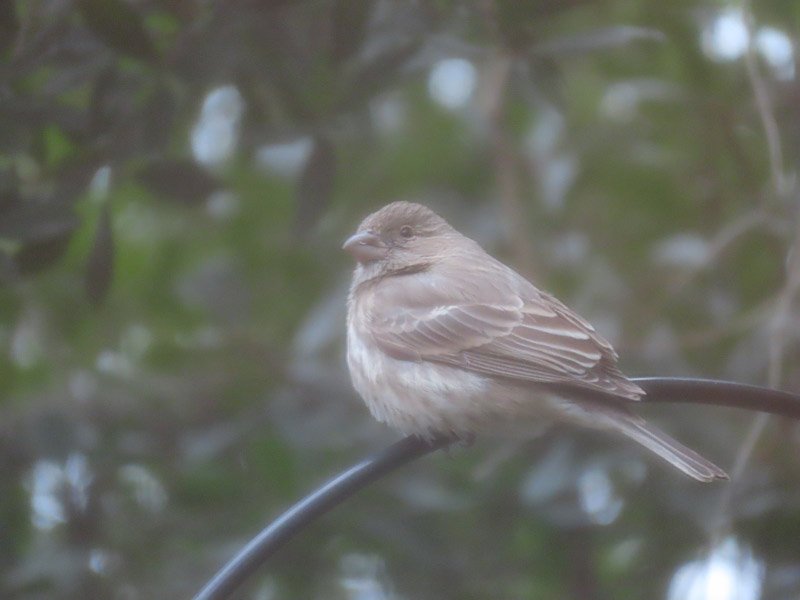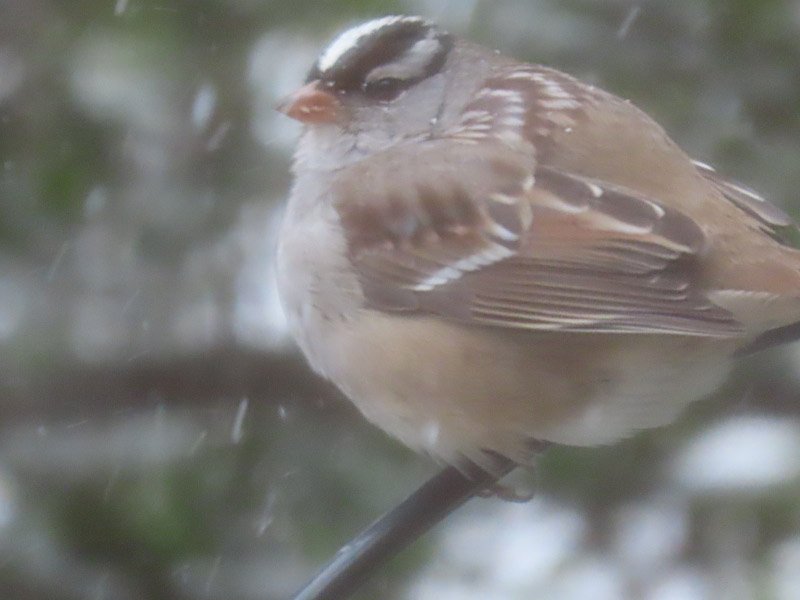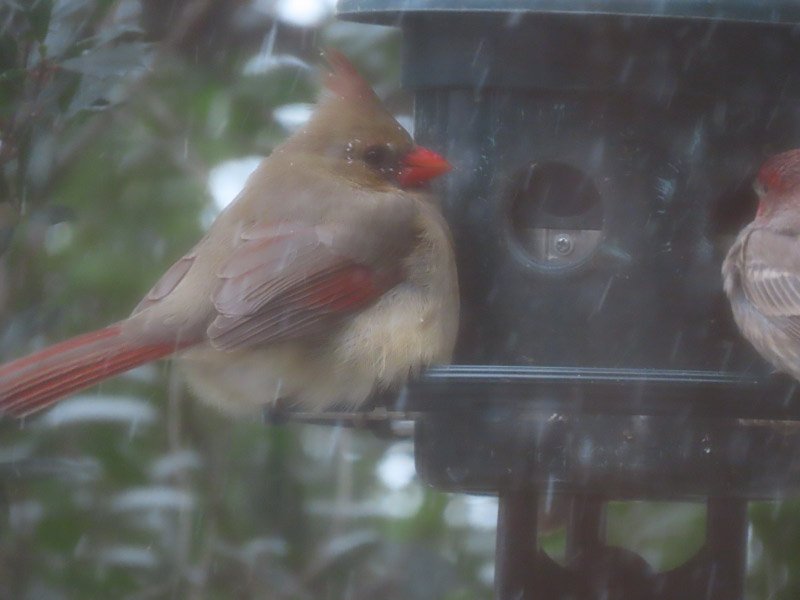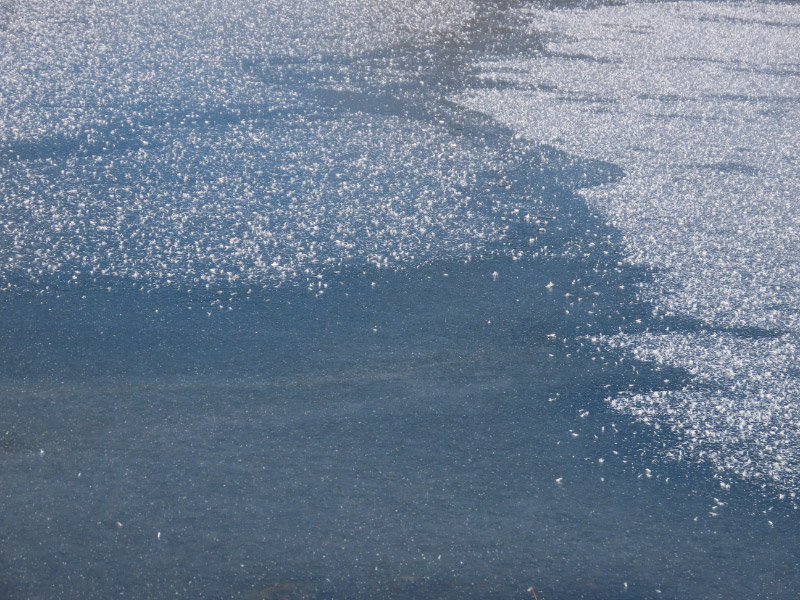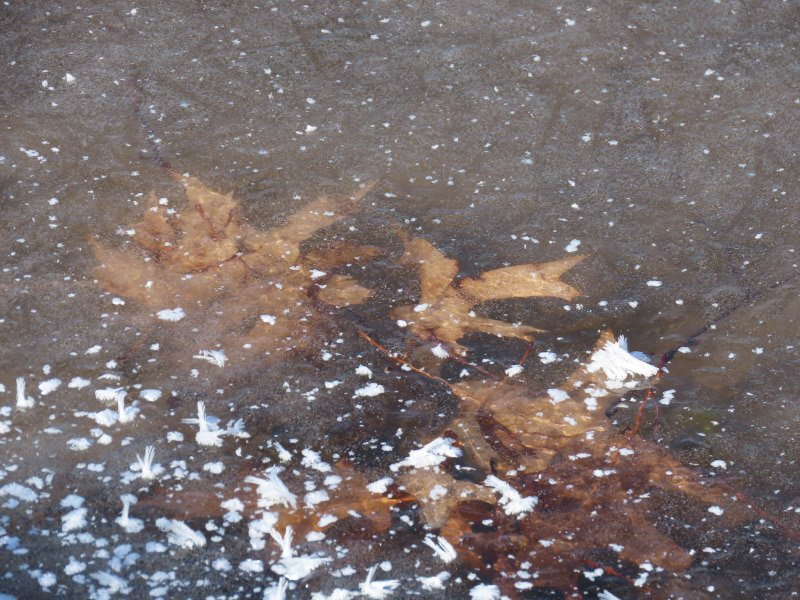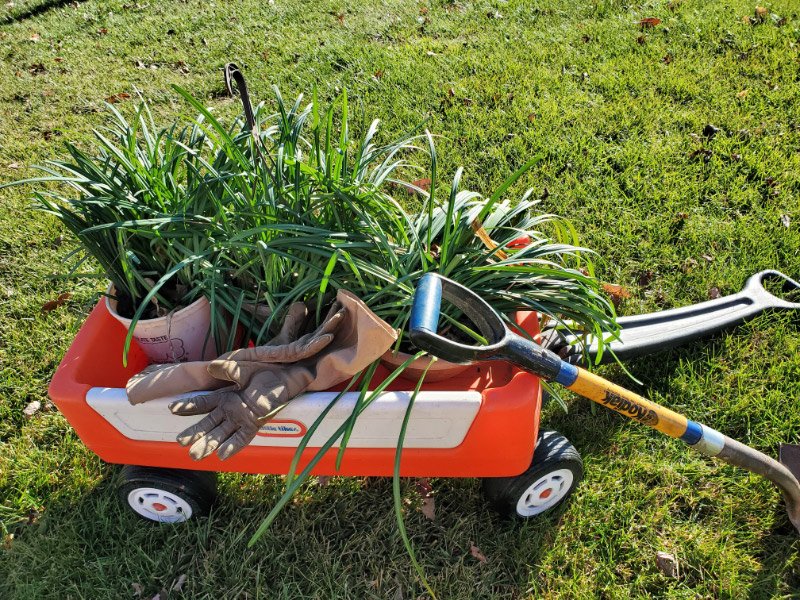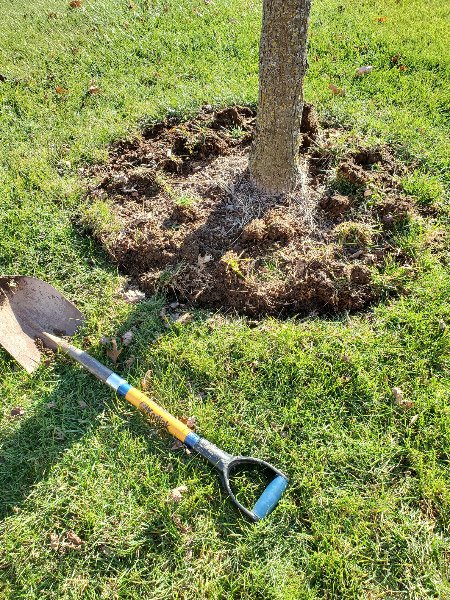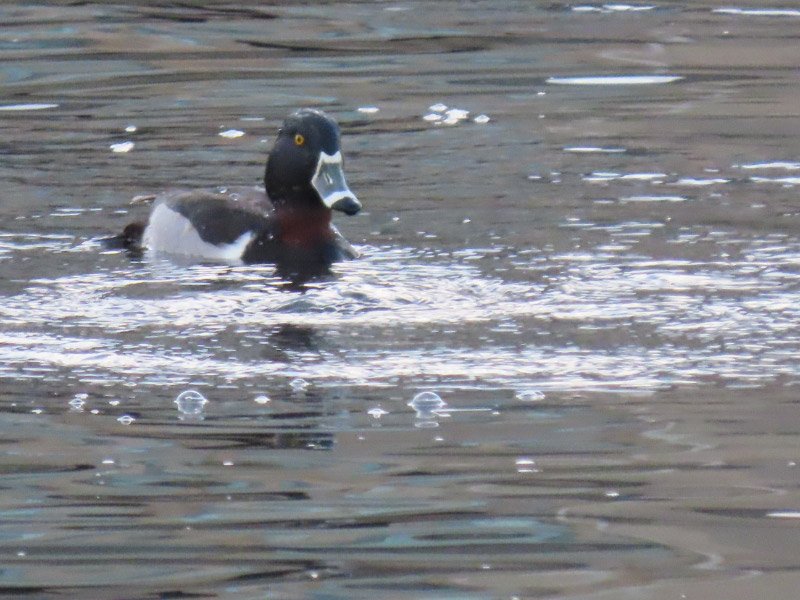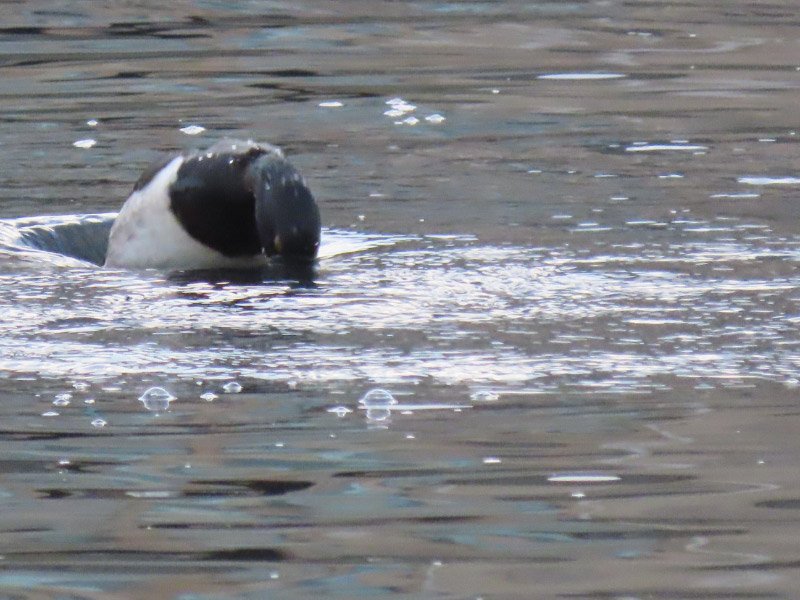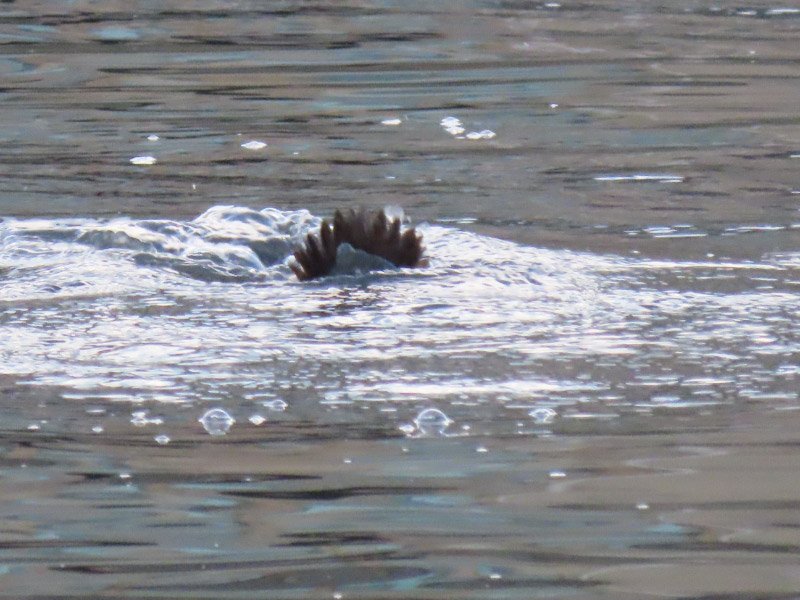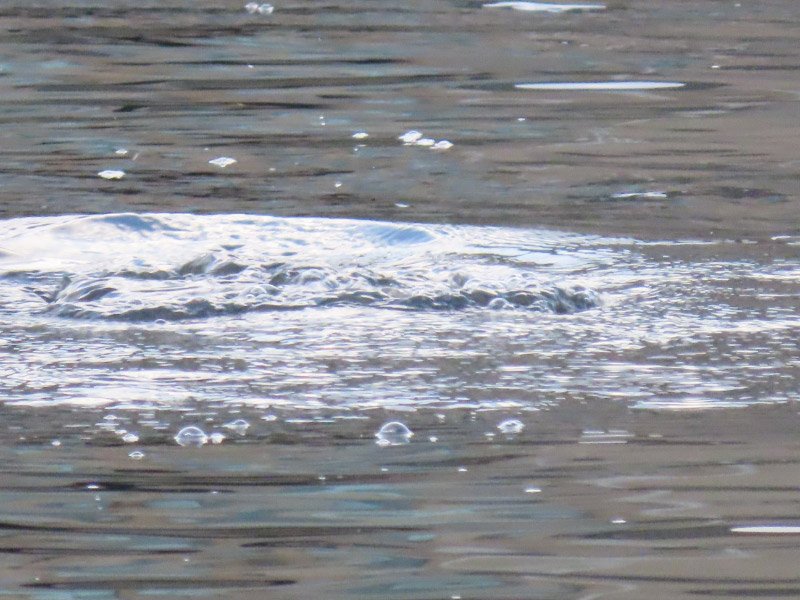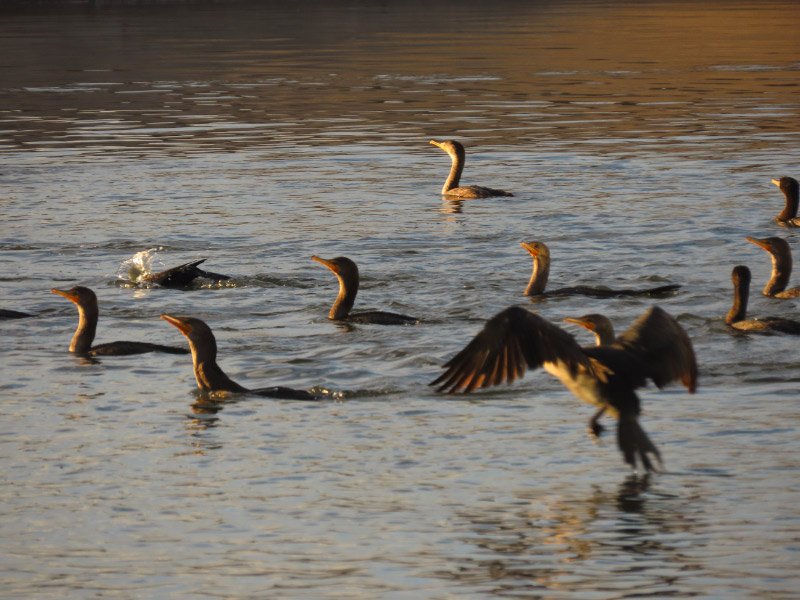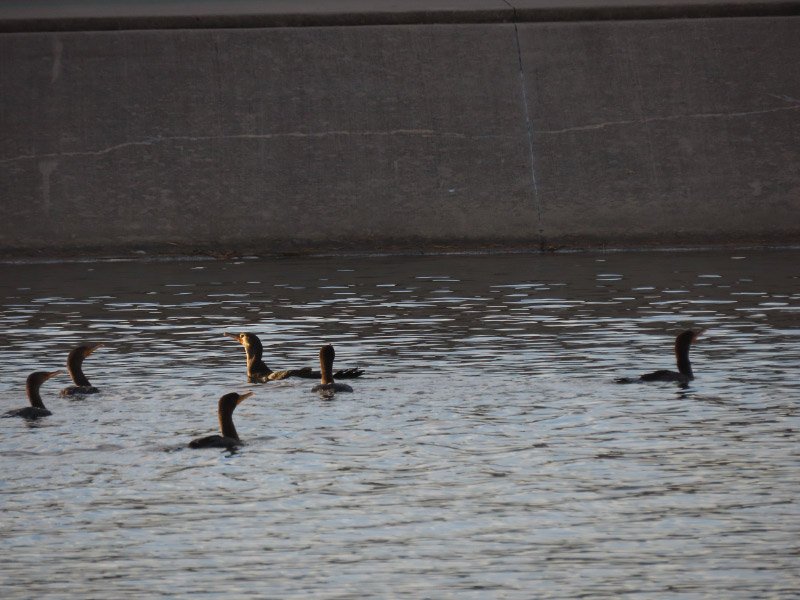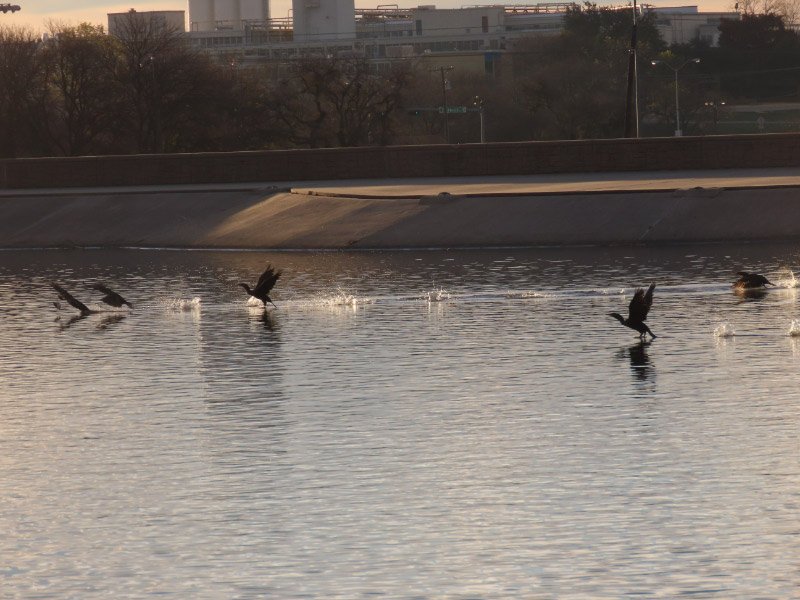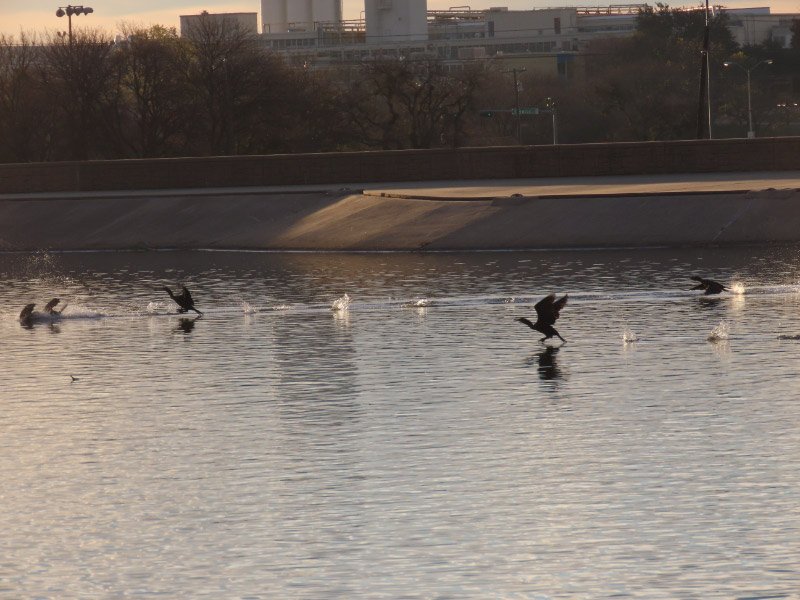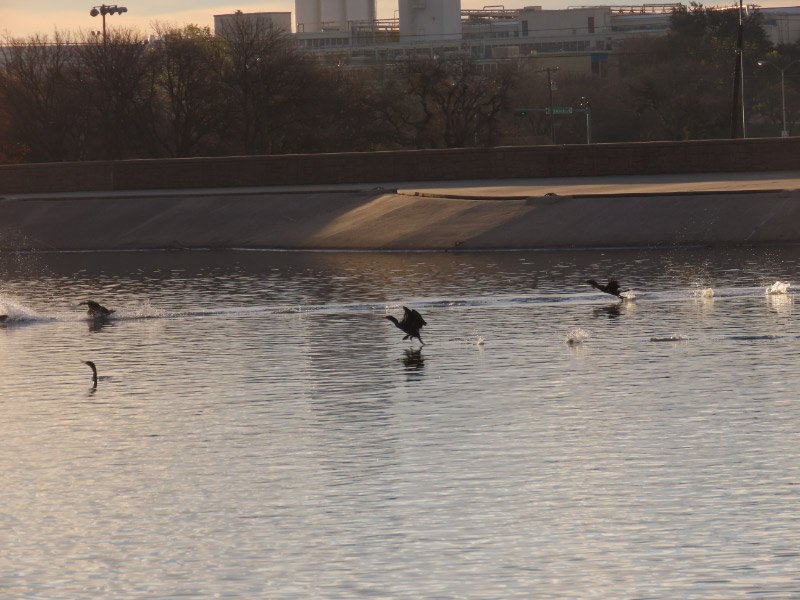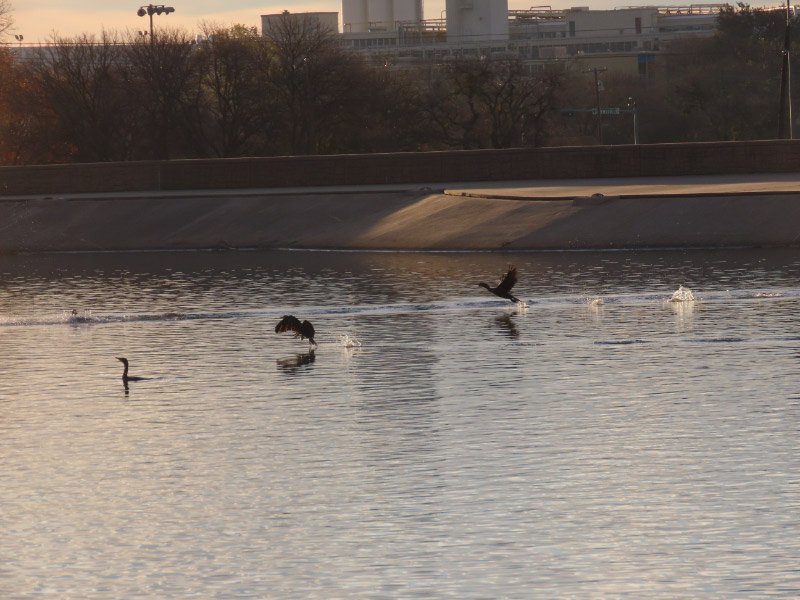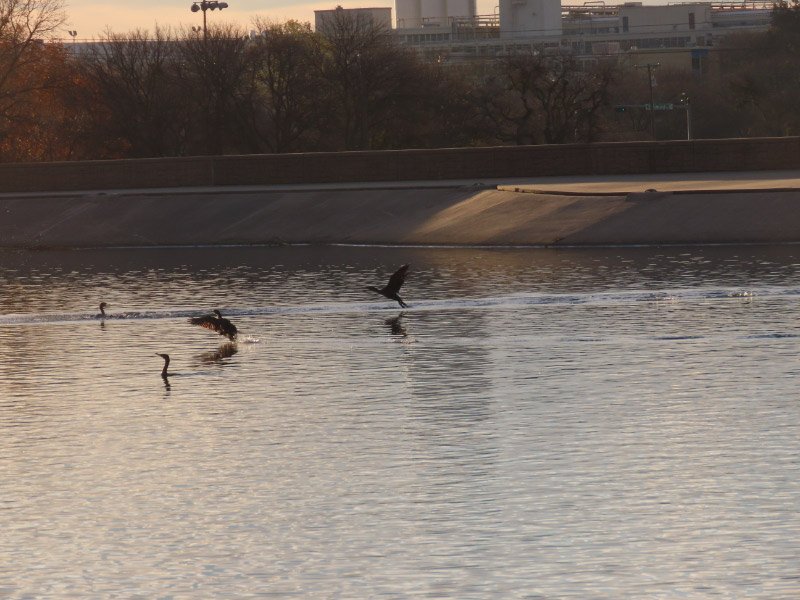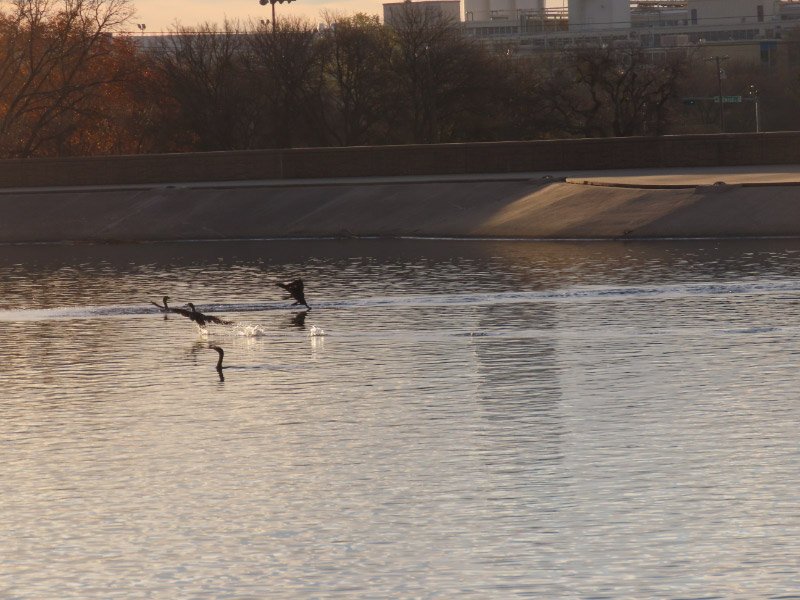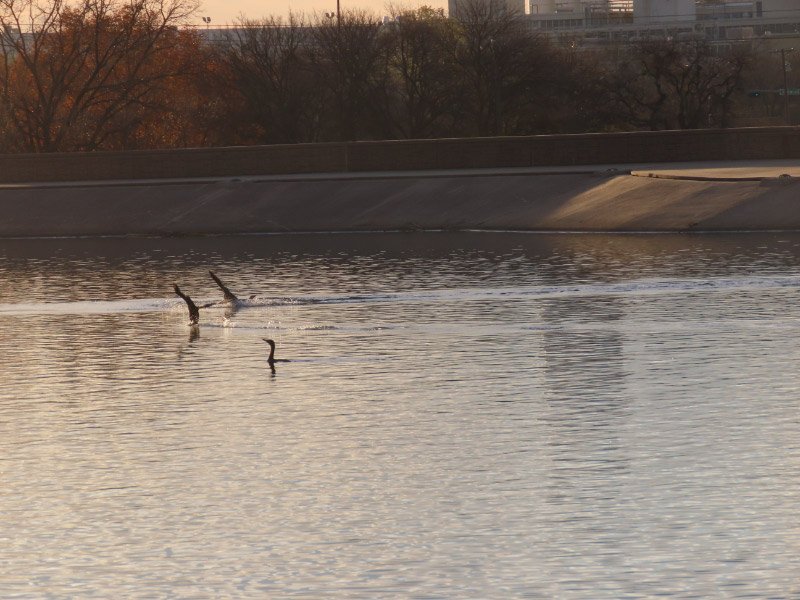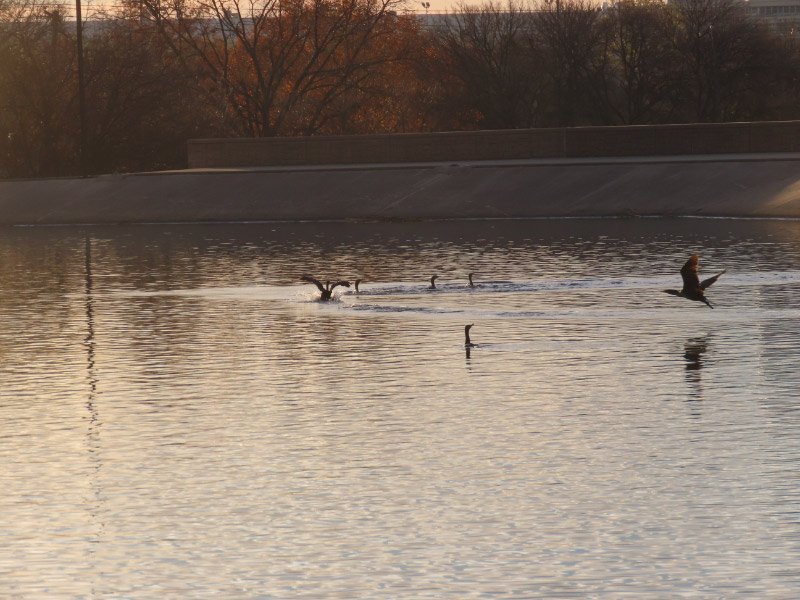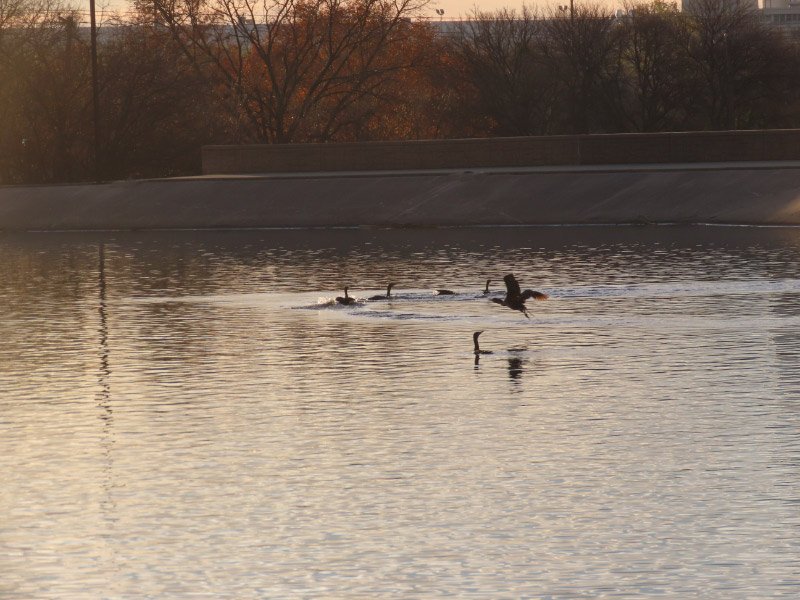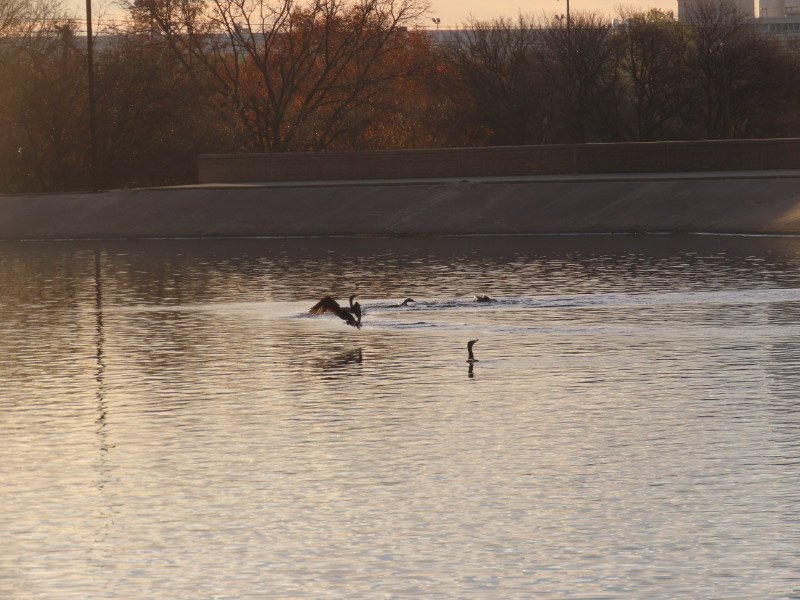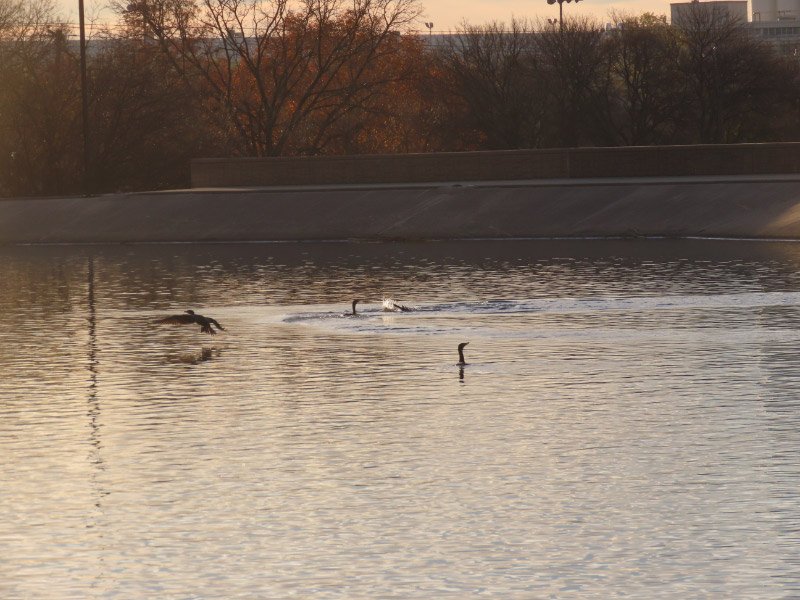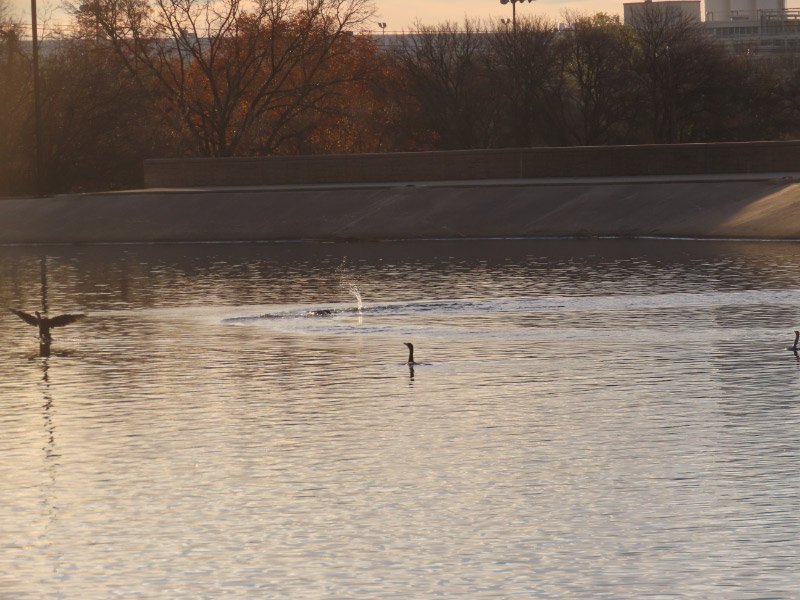Gleanings of the Week Ending February 17, 2024
/The items below were ‘the cream’ of the articles and websites I found this past week. Click on the light green text to look at the article.
The lost art of the death mask – In the late Middle Ages (after 50% of the population was wiped out in 4 years by plague), death masks were created by molding wax or plaster over the face, and were a useful way of copying the features of deceased relatives, so that sculptors could use them as a reference for the lifelike portraits displayed at funerals. Then in the 18th Century, something unexpected happened: people began to value death masks for their own sake. Many death masks were turned into spooky heirlooms, while some became souvenirs that command six-figure sums to this day.
Rapa Nui’s Rongorongo Tablets in Rome Radiocarbon Dated - In the nineteenth century, Roman Catholic missionaries took four wooden tablets bearing rongorongo glyphs from Easter Island. They have recently been radiocarbon dated; three of the tablets were made from trees cut down in the eighteenth or nineteenth centuries; the fourth tablet came from a tree felled sometime between 1493 and 1509, some 200 years before the arrival of Europeans in the 1720s.
Tribe Making Play to End Oil Development at Big Cypress National Preserve - The National Park Service took charge of the land 50 years ago, which is a haven for some of Florida’s most endangered wildlife species, such as the Florida panther — but not the mineral rights under the land. Those are owned by the Collier Resources Company, which has from time to time dispatched oil companies to the preserve to look for black gold.
Bird Alert: The Search for Local Rarities – The joy of birding close to home!
Archaeologists discover oldest known bead in the Americas - At the La Prele Mammoth site in Wyoming. Made of bone from a hare. Almost 13,000 years old.
Stunning Macro Photos Pay Homage to the Frozen Beauty of Winter – A good reminder to check ice as a subject for winter photography!
Ancient pollen trapped in Greenland ice uncovers changes in Canadian forests over 800 years - The onset of the Little Ice Age around 1400 and the arrival of European settlers and subsequent intensive logging practices around 1650. The pollen in ice can be dated almost to the year it was deposited!
Back Pain Explained - Many people with degenerated discs feel no pain at all….but others have severe pain. It appears that when aging or under degenerative stress, a subset of cells in the center of the disc can release a cry for help, a particular signal that causes outside neurons to extend their axons within, allowing the brain to feel the pain inside. This work could inform future treatments for discogenic lower back pain!
PACE Makes it to Space – NASA’s PACE (Plankton, Aerosol, Cloud, ocean Ecosystem) was launched February 8…preparing to move into operational phase soon.
How our drinking water could come from thin air - The solar-powered hydropanels work by using sunlight to power fans that pull air into the device, which contains a desiccant material which absorbs and traps moisture. The water molecules accumulate and are emitted as water vapor as the solar energy raises the temperature of the panel to create a high-humidity gas. This then condenses into a liquid before minerals are added to make it drinkable. There are several startups with other approaches to produce water from air too. And they all work even with dry air.

